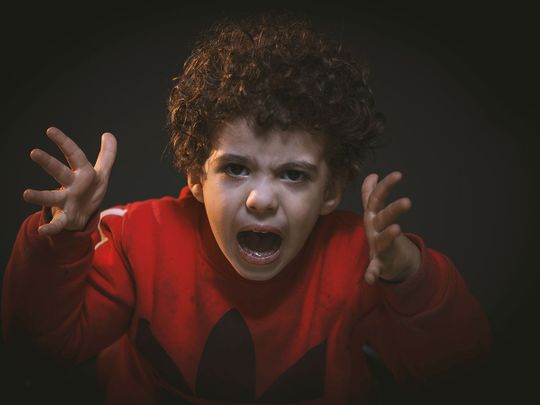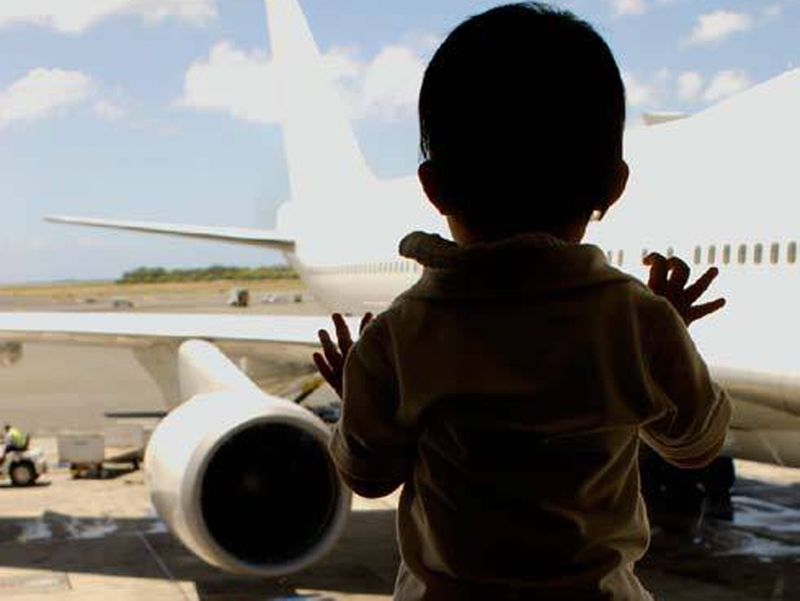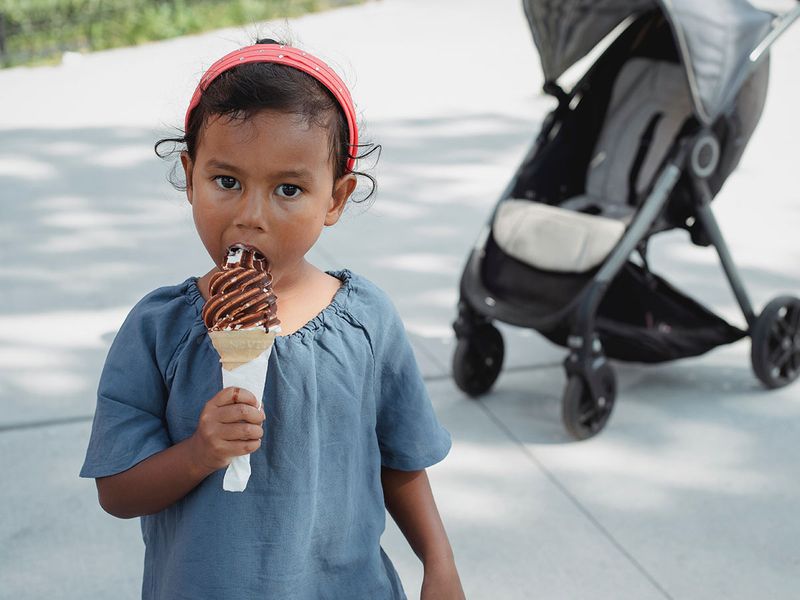
It’s been a wonderful vacation. After most of a year being relegated to the four walls of home, Zoom meetings with friends and extended family, and a curtailed view of the world, finally there was an exit plan. The bags were packed. Unpacked. Repacked. The anticipation of both parent and child were palpable. All the documents were shored up and the excitement was contagious. Even that annoying jab in the nose meant for a PCR test was given little thought as the time came to put the air conditioning off and head off for a holiday.
And what a trip it was; true there were times you wouldn’t put COVID-19 out of your mind, especially when communicating with people out of your immediate circle – the smiles were lost, the masks muffled cries of joy – but at the end of the day what mattered was you were out and about.
But then, the dreaded day came. The holiday was over; it was time for home.
Back to the four walls of confinement – perhaps with a little more play, but all-in-all that great time of freedom seemed to be cut short. And now the children are sad, annoyed, irritable and lashing out. They’ve got a bad case of the blues.

What are holiday blues?
“Holiday blues are transient periods of sadness and gloom around the holidays. Children can feel overwhelmed and a sense of loss soon after the holidays finish,” explains Sneha John, Clinical Child & Adolescent Psychologist, Medcare Camali Child & Adult Mental Health Clinic, Dubai .
This feeling of loss isn’t limited to children, of course. But while adults may suffer a feeling of dread because of returning to an everyday routine, they have been through it enough times to snap back quicker. In the case of children, the past year’s restrictions may have magnified the feeling of relief at a change in schedule and therefore that feeling of claustrophobia from coming home.
Physical contributors
It’s not just about degrees of perception. It’s physical. “The holidays greet children with changes in their everyday routine marked by new toys, gifts, outings, interactions with family, friends and entertainment,” says John. This interrupts sleep patterns – while you are on holiday of course this matters little; nap times are convenience based. Once home, a spot you had eked out for bed may be marked for a physical activity leading to exhaustion, at least for the first few days.
“Another thing that can fall by the wayside is healthy eating [on holiday]. Between all the sugary holiday snacks and the lack of time to sit down to regular meals, it can be easy for kids to eat less healthy foods, which can contribute to holiday stress and anxiety in children. High sugar intake is directly linked to mood and behavioural concerns,” says John.

Wondering what a sugar spike and low looks like?
Sugar triggers the brain’s reward system, dopamine – that feel-good chemical – is released, making us want to eat some more; the experience has been positive. Over time however the amount of dopamine released when eating a certain amount of sugar reduces, meaning that to get the same amount of chemical feeling we must consume more and more sugar. When there’s less sugar and so less of the hormone, we feel low and more irritable than we would have earlier.
What does this have to do with kids back from vacation?
Let’s face it, on holiday, the food rules are bent; sodas, chips, ice-cream – all those delicious treats are just par for the course. Once back, however, it’s time to return to a normal – healthy, less sugary – diet. This brings on mood swings.
Holiday blues or depression?
The good news is that holiday blues are temporary fluxes that fade with a little time. Dr Arun Kumar K, Specialist Psychiatrist - Aster Clinic, Bur Dubai and Aster Hospital, Qusais, explains: “The holiday blues are temporary, and feelings of sadness generally go away.” However, they can mutate into something more sinister.

If symptoms like these last for more than two weeks, then they should seek professional help
“If the sadness is associated [with] a loss of interest in all activities, feeling tired and fatigued all day, sleep and appetite changes, social isolation, with feelings of helplessness, hopelessness or guilt, then these could be the signs and symptoms associated with depression in children and adolescents. Some children just show behavioural changes like increased irritability and anger, decreased interaction with others and emotional outbursts, or may have physical complaints like headaches and stomach upsets.”
Use the two-week rule, he suggests. “If symptoms like these last for more than two weeks, then they should seek professional help,” he says.
What can a parent do?
While it’s easy to lose your patience when you are dealing with your own holiday blues, it’s important not to negate what the kids are feeling. Dr Kumar K. offers these suggestions:
- Manage expectations: Open discussions with children regarding their expectations now that they are back home.
- Discuss plans: Stress on the positives and talk about new plans you can make.
- Create a holiday timetable: This list should have daily routines, travel, fun activities, skill enhancements, catching up with friends, etc. on the agenda.
- A new diet plan: Focus on healthy diet, physical exercise and regular sleep cycle.
- Spend quality family time together playing games, discovering hobbies.
- Acknowledge what they are feeling: Be a good listener, rather than forcibly trying to put points across saying things like, “you should be mentally strong”, or “it’s all in your head”.



